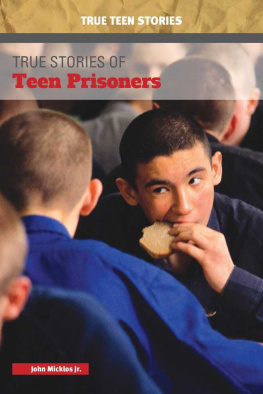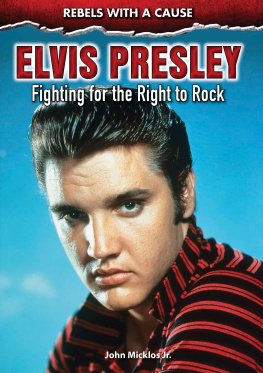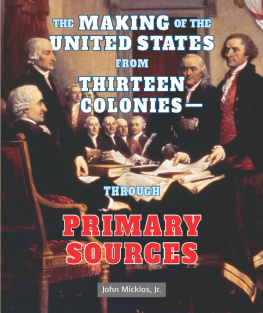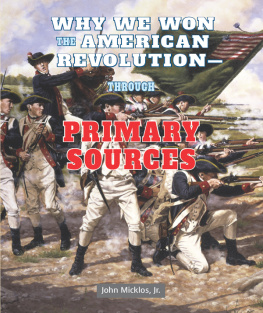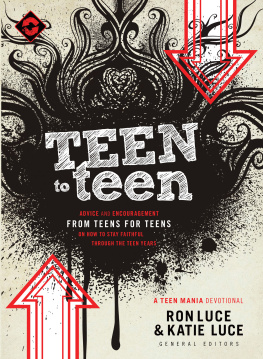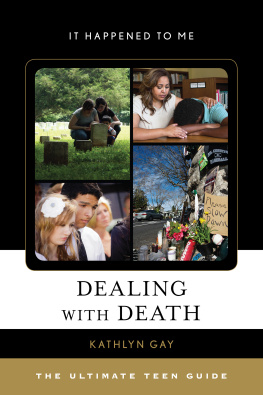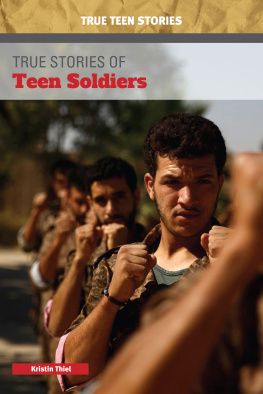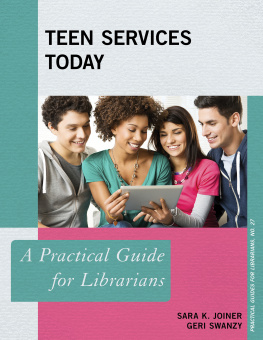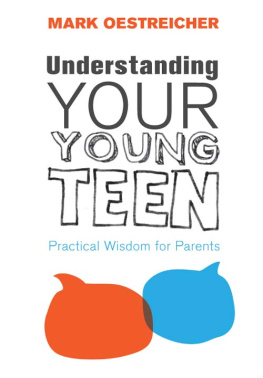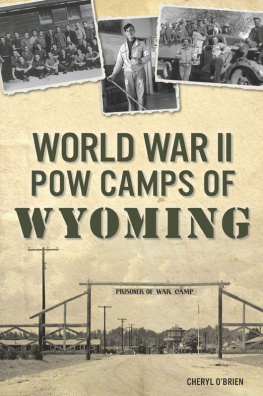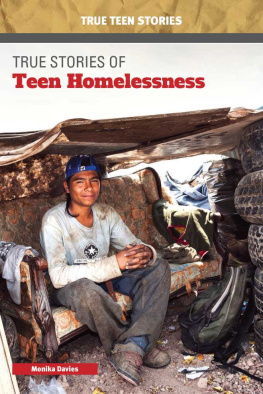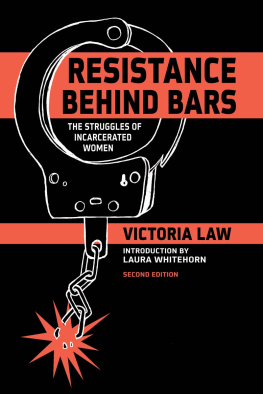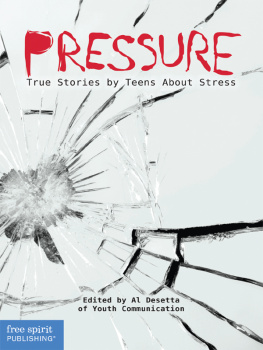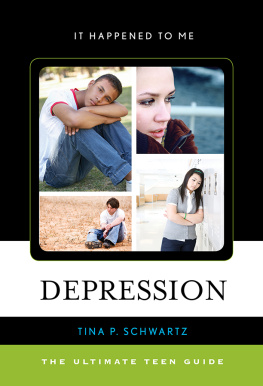- INTRODUCTION:
Freedom, Choice, and Privacy
Published in 2018 by Cavendish Square Publishing, LLC 243 5 th Avenue, Suite 136, New York, NY 10016
Copyright 2018 by Cavendish Square Publishing, LLC
First Edition
No part of this publication may be reproduced, stored in a retrieval system, or transmitted in any form or by any meanselectronic, mechanical, photocopying, recording, or otherwisewithout the prior permission of the copyright owner. Request for permission should be addressed to Permissions, Cavendish Square Publishing, 243 5th Avenue,
Suite 136, New York, NY 10016. Tel (877) 980-4450; fax (877) 980-4454.
Website: cavendishsq.com
This publication represents the opinions and views of the author based on his or her personal experience, knowledge, and research. The information in this book serves as a general guide only. The author and publisher have used their best efforts in preparing this book and disclaim liability rising directly or indirectly from the use and application of this book.
All websites were available and accurate when this book was sent to press.
Cataloging-in-Publication Data
Names: Micklos Jr, John.
Title: True stories of teen prisoners / John Micklos Jr.
Description: New York : Cavendish Square, 2018. | Series: True teen stories | Includes index. Identifiers: ISBN 9781502631602 (library bound)
| ISBN 9781502634030 (pbk.) | ISBN 9781502631619 (ebook)
Subjects: LCSH: Juvenile delinquency--United States--Juvenile literature. | Juvenile delinquents--United States--Juvenile literature. | Juvenile justice, Administration of--United States--Juvenile literature. | Juvenile corrections--United States--Juvenile literature. Classification: LCC HV9104.M53 2018 | DDC 364.360973--dc23
Editorial Director: David McNamara Editor: Caitlyn Miller Copy Editor: Alex Tessman Associate Art Director: Amy Greenan Designer: Deanna Paternostro Production Coordinator: Karol Szymczuk Photo Research: J8 Media
The photographs in this book are used by permission and through the courtesy of: Cover Shepard Sherbell/CORBIS SABA/Getty Images; p. 4 Felipe Caparros/AGE Fotostock; p. 8 Daytona Beach News-Journal, Jessica Webb Sibley/AP Images; p. 13 Hulton Archive/Getty Images; p. 18 LM Otero/ AP Images; p. 20 Darren Greenwood/Getty Images; p. 23 Laurence Kesterson/MCT/Newscom; p.
24 Wavebreakmedia/Shutterstock.com; p. 28 Fototeca Gilardi/Getty Images; p. 30 Grandriver/Getty Images; p. 33 Jose Luis Magana/AP Images; p. 36 Gary Doak/Alamy Stock Photo; p. 40 Sharon Steinmann/ZUMAPRESS.com; p. 45 Paul Kern/Alamy Stock Photo; p. 46 Rich Legg/Getty Images; p. 49 The Jefferson City News-Tribune, Julie Smith/AP Images; p. 57 Marmaduke St. John/Alamy Stock Photo; p. 58 Jiawangkun/Shutterstock.com; p. 61 Mlenny/Getty Images; p. 62 Olivier Asselin/ Alamy Stock Photo; p. 67 Jeff Holt/Bloomberg/Getty Images; p. 71 Jose Nicolas/Sygma/Getty Images; p. 73 A.M. Ahad/AP Images; p. 76 Shehzad Noorani/Majority World/UIG/Getty Images; p. 84 Scott Olson/Getty Images; p. 85 Cecil Bo Dzwowa/Shutterstock.com; p. 90 Helen H. Richardson/The Denver Post/Getty Images; p. 93 Rawpixel.com/Shutterstock.com; p. 95 Miqu77/Shutterstock.com.
CONTENTS
INTRODUCTION:
Freedom, Choice, and Privacy
Opposite: Teen prisoners lose their physical freedom, their choice, and their privacy while incarcerated.
W hen most teens awake in the morning, a world of opportunity awaits. It might not seem that way at first; with school and activities, the day may seem highly structured. In reality, most teens have a day filled with choices, choosing what to eat for breakfast and lunch. At school, teens probably have some choice in the classes they take. In the afternoon, they may participate in sports or some other afterschool activity they have chosen. Then come dinner, homework, and probably some free time to watch television, play video games, or relax. The vast majority of teenagers can decide what to watch or do with that leisure time. If they want privacy, they simply go into their bedroom and close the door. Overall, most teens have a high degree of choice, freedom, and privacy.
Teens in prison or juvenile detention centers face a far different reality. They have no freedom to choose where they go or what they do. Their days really are highly structured. From the moment they get up until the time until they go to bed, each hour of their day is scheduled, and even if they have free time, they have limited choices for how to spend it. Incarcerated teens also have almost no privacy: other inmates surround them. Surveillance cameras track their movements. In fact, they rarely have a moment when they arent being monitored.
Freedom, choice, and privacy. Those are the biggest differences between life inside a detention center or prison and life outside. Of course, choice is why most youth find themselves imprisoned in the first place. They made bad choices and engaged in illegal activities. One goal of incarceration is to give their lives structure lots of structure. The intention is that when teen prisoners are released, they will maintain the discipline to make better choices on the outside.
Teens get placed in detention centers for a variety of reasons. One might be there for shoplifting, while another might have committed armed robbery. One might have gotten into fights in school, and another might be a member of a gang. Some abused alcohol or drugs; others sold drugs. Some teens may be there for actions that arent true crimes, such as running away.
Teen offenders come in all shapes and sizes. As a group, however, they tend to have several things in common. First of all, most are male. The number of male teens in prisons and juvenile detention centers in the United States outnumbers females by more than two to one. Second, many incarcerated teens are minorities. African American and American Indian youth are four times more likely than whites to be committed to secure placement facilities. Hispanic youth are 61 percent more likely to be imprisoned than white youth.
Many incarcerated teens come from broken homes. Some have been abused, either physically, sexually, or emotionally. Some have grown up in foster care, and these teens might have bounced from place to place without ever having a home or family they could truly call their own. Other teens have run away from home seeking a better life.
Many troubled teens struggle in school. They often lack effective reading skills. The further they progress in school, they further behind they fall. Frustrated, they begin skipping school or drop out altogether. Often, dropouts get caught up in gangs, drugs, or other illegal activities.
Addressing the problem of teen incarceration is complicated and can seem overwhelming. Many experts argue that by the time youth are in prison its already too late to truly help them. By that time, they have established bad habits that are hard to break. These experts suggest focusing on prevention rather than rehabilitation

